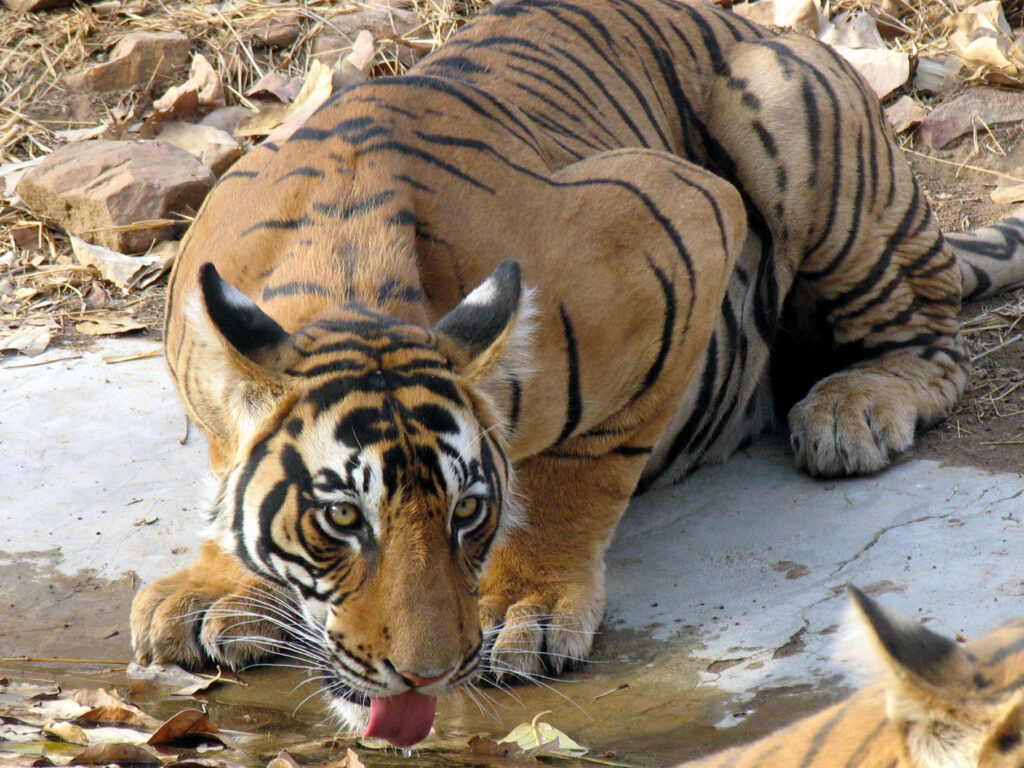
When it comes to Tourism, one needs to consult WTO (World Tourism Organization). It maintains an over view of tourism across the globe. It states: 7% of world tourism relates to wildlife tourism, a segment growing annually at about 3%.for a series of technical training programmes aimed at p
A World Widlife Fund (WWF) report shows that 93% of all natural heritage sites support recreation and tourism and 91% of them provide jobs.
Wildlife represents biodiversity, essential for our health and the well-being of the whole planet. Around 40,000 species of animals, fungi and plants benefit humans. More than the third of our pharmaceuticals originate from wild plants.
Biodiversity
Wildlife Tourism is at a gallop in India. Nearly 3 million visitors enter Ranthambhore Tiger Reserve annually, 82% are domestic. Keoladeo National Park, known for birds, receives about 1.5 million visitors. Thirty five percent come to know about Tigers by hear-say while 24 per cent through newspapers.
Tourism contributes about 10 per cent of GDP in India. The country has 53 Tiger Reserves, more than 100 National Parks and about 600 Sanctuaries. Not all receive as many visitors as six Tiger Reserves register. Reasons?
GDP
Lack of appreciable sightings of wild animals, birds, etc! Also lack of tourism facilities at rest of the reserves. All the reserves are administered by Department of Forest which has been unable to develop needed facilities.
Push: India can attain a new high once all designated reserves start hosting more visitors. It can be a game changer for economy of people. Number of overseas visitors has doubled within past decade.
The WTO is now mooting Green Finance for Tourism sector. At global level, it is campaigning by inviting IFC (International Finance Corporation) on board. Little is known as to what is happening at local level.
I have been in to wildlife conservation for past forty three years. I am a witness to growth of tourism. And feel proud for the private sector captains who have set new milestones in hospitality.
Stake-holders : I am tempted to state that nearly 90 per cent of the turn over in Wildlife Tourism goes in to pockets of private hands. Little is received by stake-holder community living around all the reserves.
How to better balance this equation? Stake-holders’ aspects have been published in Conservation Times, like to read and respond.
-By Harsh Vardhan